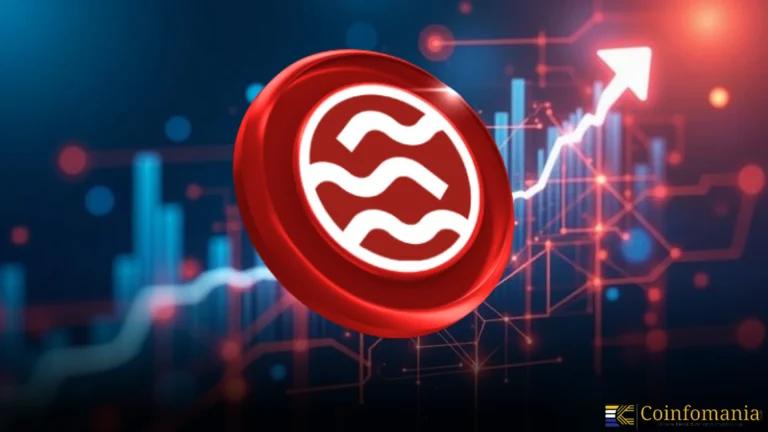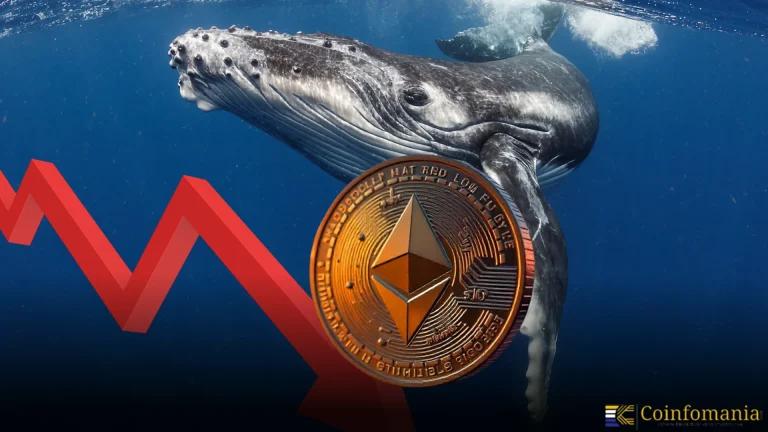Omnisea Previews ‘Onchain Fundraisers’ Platform on Base to Tokenize Donation Campaigns
Dive into how On-chain fundraising transforms donations into tradable tokens using the Omnisea network and Base Blockchain infrastructure.

Quick Take
Summary is AI generated, newsroom reviewed.
Omnisea launched tokenized fundraising on Base Blockchain, turning each campaign into a tradable on-chain asset called a Fundraiser Coin.
The model offers real-time transparency and revenue sharing, aligning donor and creator incentives through token trading and decentralized tools.
Base Blockchain supports faster transactions and lower fees, helping facilitate smaller, more frequent contributions in on-chain fundraising.
On May 21, 2025, the Omnisea network introduced a new decentralized fundraising platform. The reveal of the launch of On-chain fundraising came as a social media post on X. Each campaign now exists as a unique token called a Fundraiser Coin on Base Blockchain. Donors receive a tradable blockchain asset that shows proof of their contribution. Campaign organizers can list these tokens on decentralized exchanges for trading. A portion of trading fees returns to each creator, while the rest supports the platform’s native token. This launch marks a shift in how people support causes.
Transforming Donations With Blockchain and Tokenization
Omnisea Network’s model uses tokenization to transform donations into blockchain assets. This approach follows a tokenization model built for social use cases. Each Fundraiser Coin operates like a micro-asset that donors can trade. Tokenization adds liquidity to traditional fundraising efforts without third-party oversight. Donors can see their contributions on-chain in real time. The model combines financial incentives with public good support in one package. Tokenized campaigns can integrate with other decentralized tools for wider social engagement. This design emphasizes transparency and community growth without requiring complex financial knowledge.
The tokenization model treats each fundraiser as a small tradable asset on-chain. Creators earn seventy-five percent of trading fees from token transactions. This design rewards campaign starters for generating community support. Secondary market activity can increase token demand and campaign visibility. Donors may benefit from future token value changes linked to project success. This mechanism encourages repeated contributions and sustained engagement with each initiative. The revenue sharing structure aligns participant incentives around both contribution and trading activities. It creates a miniature economy designed to support diverse social causes.
The Rise of Social Engagement Through On-Chain Tools
Social use cases for on-chain fundraising extend beyond charity or civic projects. Platforms built on Base emphasize decentralized support without centralized oversight. Smart contracts automate fund distribution and increase process transparency. Community members can vote on fund allocation via token governance mechanisms. This trend reflects growing interest in using blockchain for social impact tools. On-chain social utilities can include educational content, digital art, and community rewards. By embedding fundraising within wider ecosystems, developers create versatile tools that serve multiple social needs. This movement underlines a shift toward blockchain-based civic engagement.
How Base Enables Scalable On-Chain Fundraising
Base is described as a layer two solution built on Ethereum’s mainnet. This suggests it can enable faster transactions and potentially lower gas fees than layer one networks. The platform is said to be compatible with familiar Ethereum development tools for integrating Fundraiser Coins. As such, developers might leverage existing dApp frameworks when building on Base. Transaction times appear reduced for both donors and organizers. Lower fees could make smaller contributions more practical. Base’s design seems focused on scaling on-chain activities.
Base also offers grants for early projects adding social features. An ecosystem fund supports startups building on decentralized networks. Developer tools like OnchainKit simplify smart contract integration for new dApps. Community members can access tutorials and code samples for fast deployments. These resources lower technical barriers and drive innovation in social utility tools. Projects focused on education or charity can leverage these assets to launch campaigns. Grants and toolkits combined help fledgling applications gain traction on Base. This support network fosters the continuous growth of on-chain social platforms.
Future of Social Impact with Fundraisers as On-Chain Assets
Omnisea’s initiative demonstrates new paths in decentralized social fundraising. It uses the Base Blockchain infrastructure to ensure reliable campaign operations. Tokenizing fundraisers creates on-chain proofs and boosts transparency for all participants. The model aligns community incentives with financial tools and social impact goals. It sits within broader trends of social utility development on blockchain networks. As users adopt these tools, fundraising experiences may become more inclusive and efficient. On-chain fundraising through tokenized campaigns can reshape how communities support causes worldwide. Future innovations may expand functionality to diverse sectors beyond social giving.
References
Follow us on Google News
Get the latest crypto insights and updates.


